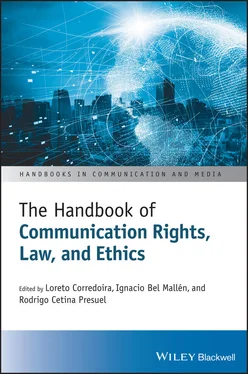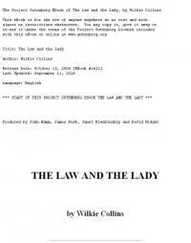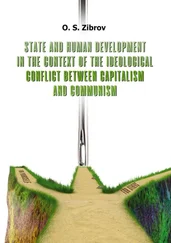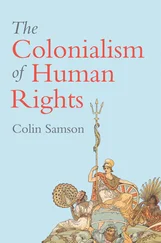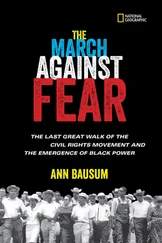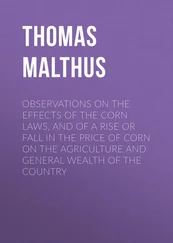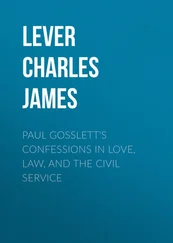Though recent technological innovations, for example, those related to artificial intelligence, mean that even some regulation in these areas is already outdated, the principles of communication law still apply to media forms that are in constant change. Radio and television are no longer limited by the need for a license from a regulatory authority, as content can be broadcast via the Internet. Audiovisual content, including the news, can be spread easily over the Internet at near instant speeds and without regard to national borders. Governments usually struggle to keep the pace with their regulatory efforts and face difficult jurisdictional challenges as a result of these technologies.
Social media networks, as they exist today, are also seen as a threat to the communication rights of individuals. This may be because the platforms wield great power over individual expression online and exercise it opaquely and inconsistently, sometimes with the complicity of states that fail to hold these companies responsible for undue interferences with the communication rights of individuals. This may also be because platforms fail to protect other individuals from harmful expression such as hate speech, discrimination, and other forms of technology-enabled vitriol, abuse, and trauma and, because states face difficult jurisdictional questions when trying to protect rights that are often infringed upon, beyond their national borders.
A good number of the works contained in this volume deal with analyzing what must change in communication law as we know it today and how our understanding of communication rights needs to evolve to better face the aforementioned challenges. Throughout the works contained in the four sections of this volume, solutions are sought in the universal aspects of communication rights through exercises in comparative law and the examination of doctrine from different parts of the world that responds to different legal traditions. Often, our contributors examine these questions from the perspective of communication ethics or by combining communication law and communication ethics in their analyses, highlighting the links between both.
Part I of this handbook, Communication Rights: Principles, includes six chapters that present the essential principles and ideas that give shape to a communication law framework that pays special attention to the intersection, or sometimes clash, between different legal conceptions and models across the United States, Europe, Latin America, and other parts of the world. Chapters explore the different aspects of communication rights, freedom as its essential component, dignity as a central principle, with special attention to universality, its importance, the prospects for a global consensus and technological developments that may threaten such universality.
This first part analyzes communication-related freedoms and rights as they are formulated and applied in jurisdictions across the world. The subjects covered include their origin and their recognition in constitutions around the world and international instruments – from the concepts of “freedom of expression” and “freedom of the press” in common law and the first bills of rights to the constitutions of modern European and Latin American states that speak of communication rights in terms closely related to the Universal Declaration of Human Rights, the International Covenant on Civil and Political Rights, and other international treaties.
Part II of the volume, Communication Rights: A Study of Subjects and Messages, concerns itself with concepts and issues around communication law as the linchpin of the rights and duties of journalists, which encompass, among other things, source confidentiality, fact checking, corrections, and attributions. Together, the rights and duties of the profession give media outlets and their owners special privileges – in areas such as professional secrecy and independence – but also entail special duties rooted in the protection of the communication rights of every member of society.
Thus, the second part of the book specifically tackles questions that are particularly relevant for the study of journalism in communication law and ethics including communication rights in relation to news and ideas, or in advertising, the protection of journalistic sources, the rights of minors, objectivity and truth, disinformation and the challenges that the Internet poses for the practice of journalism and the essential duties of professionals in responding to those challenges.
Part III of our volume, Studies in Comparative Communication Law, is dedicated to comparative communication law studies on some of the major challenges our discipline faces today, such as data protection, the role of Internet intermediaries and the challenges they pose for communication rights, the tensions between the right to be forgotten and collective memory, international standards for political communication in the context of electoral campaigns, and studies on limits to free expression such as hate speech in the United States – and the search for a common ground in other legal orders – or the crime of historical denialism from an European perspective.
Other chapters in Part III analyze communication rights through the eyes of the most important Latin American thinkers to highlight the challenges specific to this region; the future of journalism from the perspective of the learnings derived from legal responses to WikiLeaks from an international perspective but, in particular, from the point of view of Australia; and current challenges related to media regulation in East Asia, particularly in the case of Hong Kong.
Part IV of the book, At the Intersection of Law and Ethics: Challenges in the Age of Algorithms, Disinformation, and Post-Truth, analyzes key issues in contemporary law and ethics such as post-truth within the context of public communication related to sustainability; online phenomena that can harm communication rights and other human rights, for example, doxing or synthetic media and how journalists can respond to these phenomena as well as the current realities in journalistic practice, such as the use of online metrics in the profession.
In general, and throughout its four parts, the volume also analyzes emerging questions that are shaping current debates in the world of communication rights including state and private surveillance; data protection and the right to be forgotten; the role of large private corporations on the Internet in protecting – or harming – communication rights; the effects of hyper-concentration of media and social media and the free flow of information online; the use of algorithms and other automatic systems for distributing and even generating news, journalistic and information sources, and ensuring access to public information, as well as the harms that technology enables. These and other topics help shape the ways in which not only communication, but communication and journalism are taught today.
As a whole, this volume seeks to identify and define concepts, questions, and universal themes that have had a consistent presence in communication law and ethics from the very beginning and will continue to be present in the future making the case for the need to study communication law and ethics together, as one discipline.
The aforementioned serve as the essential and timeless subject matter that has helped define, and will continue to define, the work of those of us interested in the study of communication law and ethics.
Overall, this volume offers guidance on how to understand the rights and duties of citizens as it relates to the free communication of their opinions and ideas and their liberty to seek, receive, and impart information, their communication rights. It also offers guidance and insights for professionals, corporations, and lawmakers based on the analysis of the mistakes of the past so that we can avoid repeating them in the future. Our aim is to offer a global picture of communication rights, through the lens of communication law and ethics, making the case, as it can be read in our overall conclusions in the Epilogueof this volume, that indeed, Communication Law and Ethics need each other.
Читать дальше
